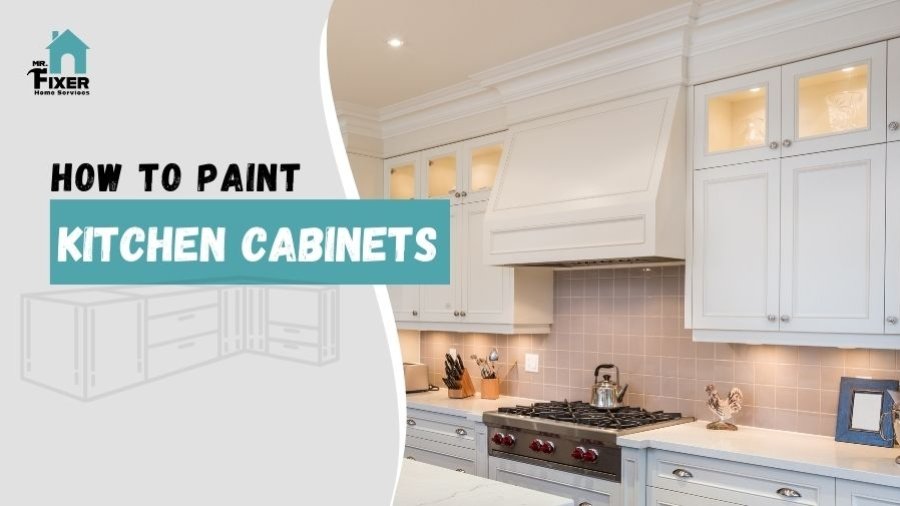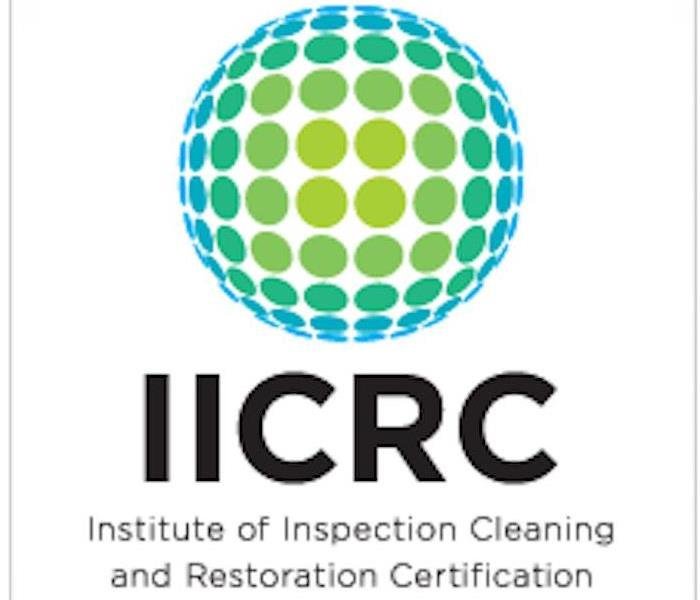Renewing the color of kitchen cabinets by repainting is an excellent way to bring a fresh new approach to your kitchen. We will teach you how to do this by demonstrating how to paint cabinets in phases.
Assessing Your Cabinets
Before painting, it is crucial to see how your kitchen cabinet painting looks. Carefully study the materials and the coating surface. Look at whether they need repair or are not 100% perfect. Also, assess whether your cabinets require a new paint job, repair, or replacement.
Gathering Materials and Tools
Collect all materials and equipment first, including brushes for work, rollers, cleaning paper, and items to sand surfaces to make them smooth. Then, you will get the primer and apply the first coat of paint, followed by your preferred color.
Choose superior-quality paint and primer cabinets designed for paint and primer to ensure they last longer and look like the experts did the job.
Preparing the Workspace
Before beginning kitchen cabinet refinishing, one should establish the working area properly. Ensure you free up everything beside the cupboards so you don’t bump anything as you work and nothing is in the way.
The number one thing is to cover most of the countertops, especially those around the painting area, with drop clothes or plastic sheeting to avoid paint splatters and spills and prevent any possible damage.
Removing Hardware and Doors
Remove items such as handles and hinges with proper tool adjustment. Please make sure that you remove the doors and drawers from the cabinets so you can finish painting them quickly without anything in the way. Label every item appropriately after taking it out to facilitate revamping the torn-apart items.
Cleaning and Sanding
To prepare your kitchen cabinets for painting, you must clean and sand them carefully. Start by thoroughly cleaning all surfaces to remove oil, dirt, or leftover substances. A mixture of warm water and gentle soap is adequate for this job. After cleaning, let the cabinets dry completely. Then, gently sand the surfaces to make them a bit rough.
Applying Primer
Before beginning to paint, ensure your cabinets are tidy and completely dry. It is beneficial to apply a superior primer intended for cabinet surfaces as it aids in sealing the surface and obstructs any stains or changes in color from appearing through the layer of paint.
Painting the Cabinets
Start applying the paint in slim, uniform layers. Use a good brush or roller and follow the wood pattern for a smooth surface. Paint the cabinet’s main structure first, then paint its doors. Wait until each layer is dehydrated before putting on another one.
Allowing Proper Drying Time
It is essential to wait after you paint your kitchen cupboards. If they dry well, the surface will look perfect and last long. Depending on the kind of paint used and the weather conditions, the paint fully dries out after at least 24 hours.
Reassembling Cabinets
After giving your cabinets enough time to dry, check them to see any flaws or places you did not paint. If there are rough parts or where the paint has run, smooth them with fantastic sandpaper. Use a petite brush or roller to correct any imperfections for consistent coverage.
Touching Up and Final Inspections
Once enough time has passed for drying, check your cabinets to see if there are any flaws or areas you did not paint. If you find rough patches or places where the paint has run, take some fine-grit sandpaper and gently smooth them. Apply slight corrections to imperfections using a tiny brush or roller for a uniform coating.
Pros and Cons of Painting Kitchen Cabinets by Yourself
Painting your kitchen cabinets inside your house is a good activity, but it’s essential to consider the pros and cons before starting. When you decide to paint the cabinets personally, you can save money that otherwise would go to expert painters. However, it’s a labor-intensive process that requires careful preparation, skill, and attention to detail. If not done correctly, DIY cabinet painting can lead to an uneven finish, peeling, or unsatisfactory results that may ultimately cost more to fix. Weigh your experience level, available time, and potential frustrations against the financial savings to determine if tackling this project yourself is the right choice.
Find the Right Professionals Painters If Needed
If you paint your kitchen cabinets, you cost-effectively change the area’s appearance and atmosphere. You might choose to do this job independently, but if you feel overwhelmed by the idea or need more time and skills, it is an excellent decision to get help from expert kitchen cabinet painters.
If you want professional help, Mr. Fixer provides excellent cabinet repainting services that will give you a smooth and pleasing process from beginning to end.




